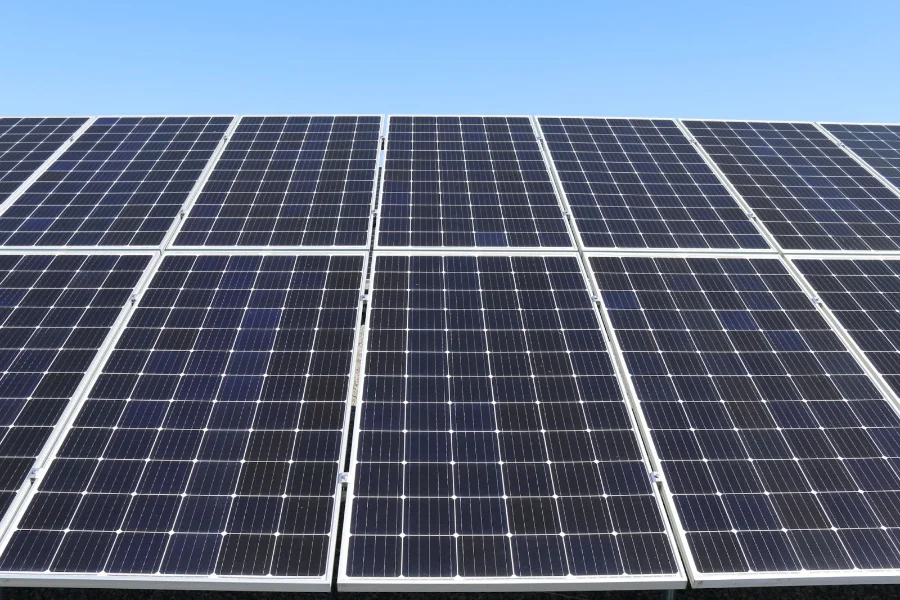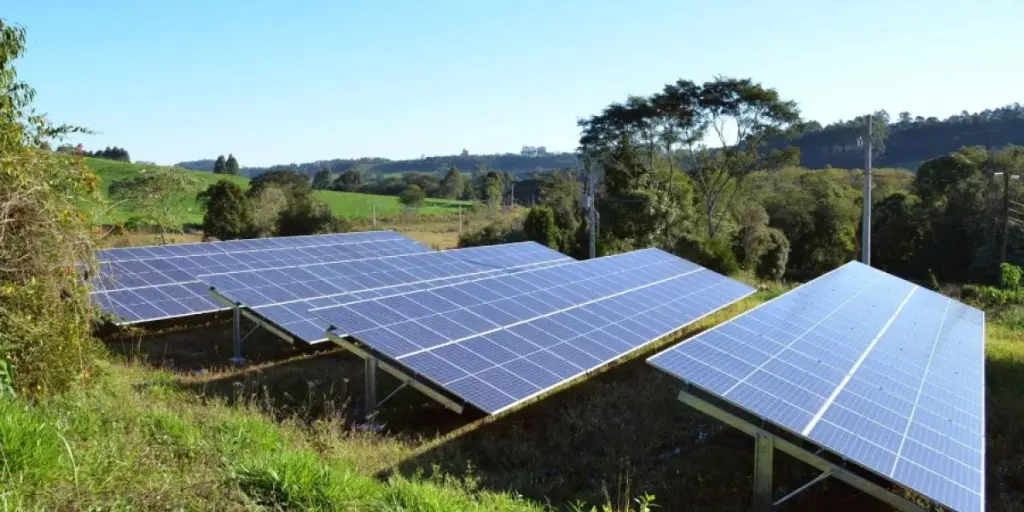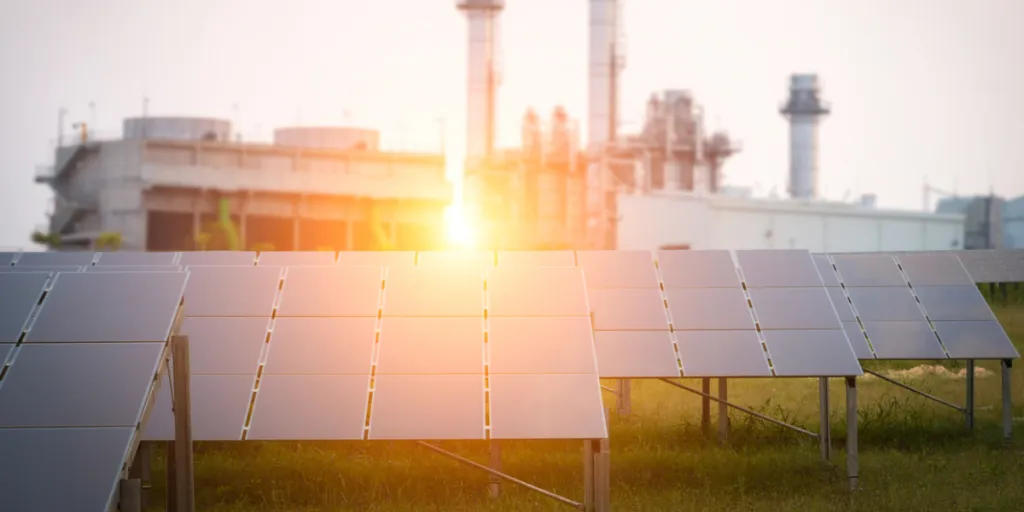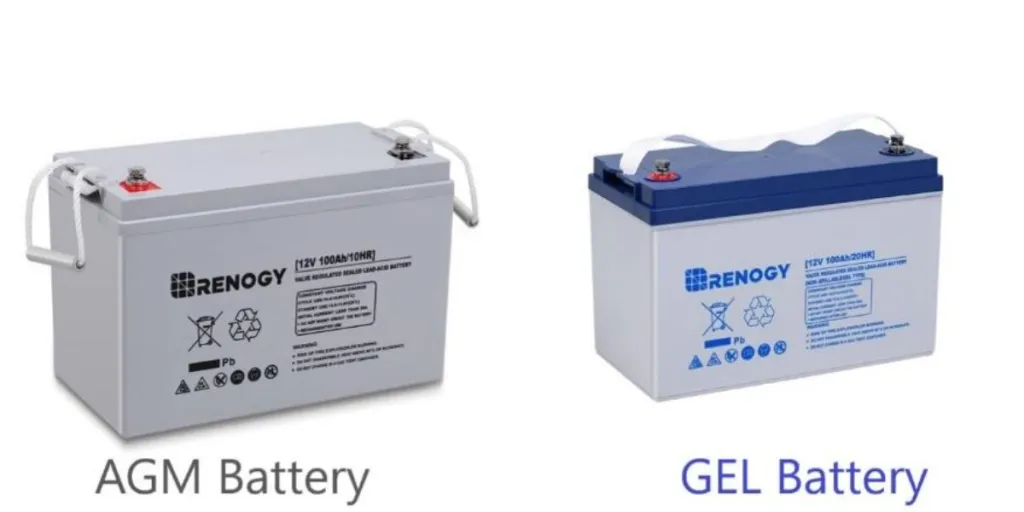Unlike other products, choosing solar cells comes down to a essential features, such as price, warranty, performance, and, most importantly, efficiency. And when it comes to efficiency, there is a new player in town that retailers should know about—heterojunction cells (HJT cells).
HJT cells combine the power of thin film absorption and passivation properties with the benefits of crystalline silicon solar cells. The result is highly efficient solar cells with lower final energy costs. Manufacturers worldwide are beginning to deploy HJT cell technology in their products, making now a perfect time to learn more about HJT solar cells.
Table of Contents
What is a heterojunction solar cell?
How do heterojunction solar cells increase efficiency?
Advantages of the heterojunction solar cell
Conclusion
What is a heterojunction solar cell?
An HJT solar cell is made by placing a crystalline silicon cell between two layers of thin amorphous silicon films. Hence, it combines the benefits of two technologies—crystalline silicon solar cells and thin film solar cells. As a result, HJT solar cells allow for more energy generation.
Crystalline silicon (mono or polycrystalline) cells are the most common solar cells. They are made by cutting silicon crystal blocks into thin sheets to form individual cells. On the other hand, photovoltaic (PV) cells are amorphous thin film solar cells. They can be made using a wide array of materials, the most commonly used material being silicon. Nonetheless, amorphous silicon doesn’t have a regular crystalline structure like crystalline silicon. Instead, the silicon atoms exist in random order, and they can be easily deposited onto any surface.
When it comes to production, amorphous silicon is cheaper to manufacture than crystalline silicon, which has to be grown into blocks and cut into sheets. However, on the flip side, amorphous silicon is less efficient than crystalline silicon.
So, HJT solar cells are made by coating an n-type crystalline silicon wafer with amorphous silicon on both sides alongside conductive oxide (TCO). TCO absorbs the power generated by the cell, and all the layers of thin film solar absorb extra photons.
How do heterojunction solar cells increase efficiency?

Before we get into the technical details, let’s understand solar panel efficiency. The efficiency of a solar cell refers to the amount of light it can convert into electricity. So, a highly-efficient solar cell can convert more electricity from the same amount of light than a less efficient solar cell.
Since the advent of solar cells, manufacturers and researchers have been trying to develop solar technologies that can squeeze more electricity from the same amount of sunlight. This idea is how HJT solar cells were developed.
Typically, solar cells are partially opaque. So, they only capture part of the sunlight that hits it. The rest passes through the cell or bounces off the surface. But HJT solar cells are made using three layers of photovoltaic material. In short, the middle layer is monocrystalline silicon, while the top and bottom layers are amorphous thin-film silicon.
During the light-absorbing process, the first photon reaches the top amorphous silicon layer. Then, it captures some sunlight and passes the rest to the middle layer. The middle monocrystalline layer converts a majority of photons into electricity, and the remaining photons are given to the bottom layer, which grabs the sunlight that would otherwise bounce off.
No doubt, a minute amount of sunlight still passes through the HJT cell, but the amount is considerably lower than traditional solar cells. So, HJT solar cells generate more electricity from the same amount of sunlight. And due to the three-layer technology, HJT solar cells reach an efficiency of around 26.81%.
Advantages of the heterojunction solar cell

There are several reasons behind HJT solar technology’s rising popularity. First, HJT solar cells are more efficient than standard crystalline solar cells. Second, they have nearly 26.81% efficiency at the laboratory level, and there could be more in store.
In addition, technologies like PERC used to achieve higher levels of efficiency are often costly. For example, Maxeon cells manufactured by SunPower feature a thick block of copper behind every cell. While this can significantly improve efficiency, copper is a costly metal. In comparison, HJT solar cells use amorphous silicon, which is relatively inexpensive. Therefore, it can be manufactured at a lower cost.
Nonetheless, manufacturers develop various HJT solar panels with different efficiency ratings. So, it depends on the silicon type used and the incorporation of cell technologies, which affects the price. For example, a highly efficient HJT solar panel with an efficiency of 400W+ might cost $350, whereas a 370W panel might cost around $185. However, the more expensive panels deliver higher performance and longer life expectancy.
To give you a more realistic idea, imagine an HJT panel of 400W and an efficiency of 26.81% running for 20 years (6 hours a day). Throughout its service life, it will generate 4697.112 KW hours of electricity. On the other hand, a p-type monocrystalline silicon panel, with an efficiency of 24%, would only be able to generate 4204.800 KW hours of electricity during the same service period. Therefore, it means HJT batteries are more economical in the long run.
Lastly, HJT solar cells have low-temperature coefficients. A lower temperature coefficient translates to better performance at higher temperatures. HJT cells have temperature coefficients of around -0.3%. Further, higher temperatures don’t affect these cells, and they sustain less performance loss over their cycles than crystalline or amorphous silicon cells.
Conclusion
The cost-effectiveness and other benefits of HJT solar cells signify a drastic rise in this technology’s adoption in the future. After all, the HJT manufacturing process features four fewer steps than PERC technology.
Several companies have already embraced HJT technology, including Panasonic HIT panels, REC Alpha panels, and SolarTech Universal. Also, according to the ITRPV 2019 report, the HJT solar cells market share will rise from 12% in 2026 to 15% in 2029–making it an excellent time to embrace the technology.




